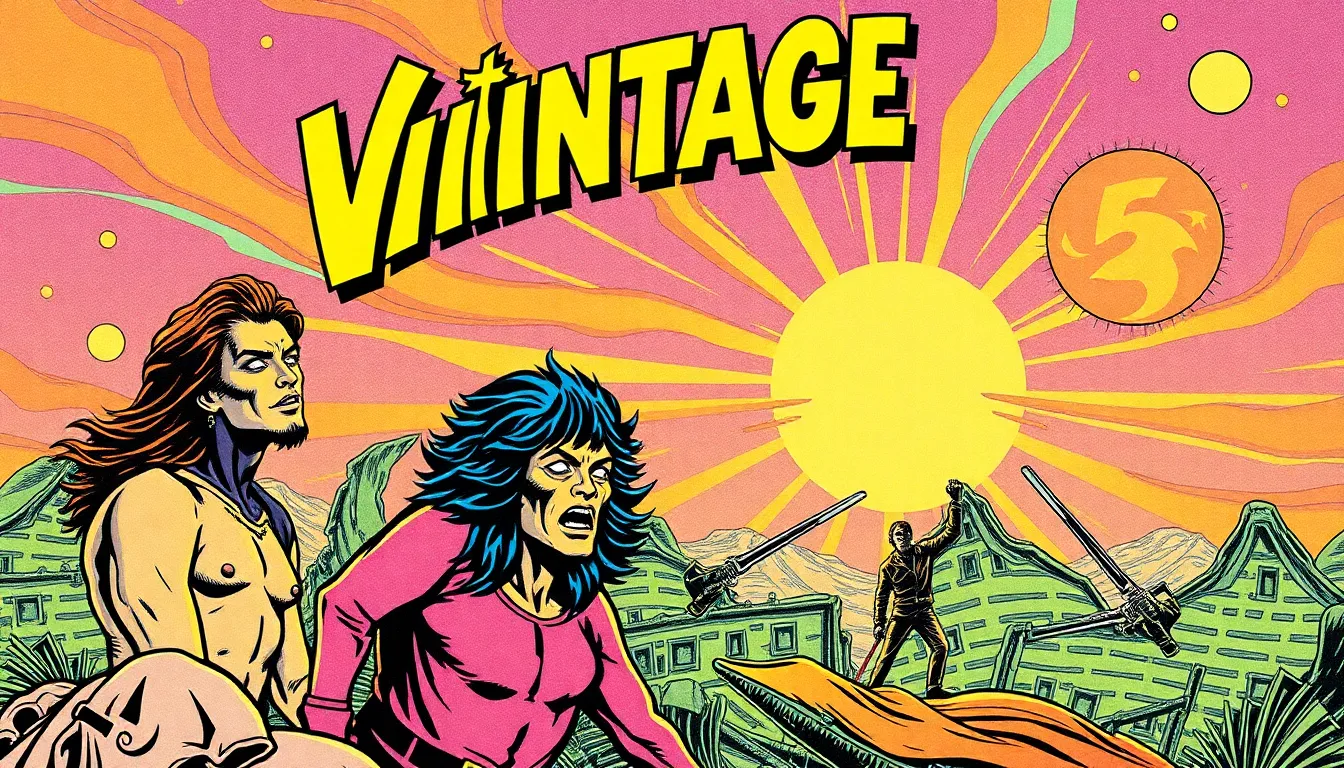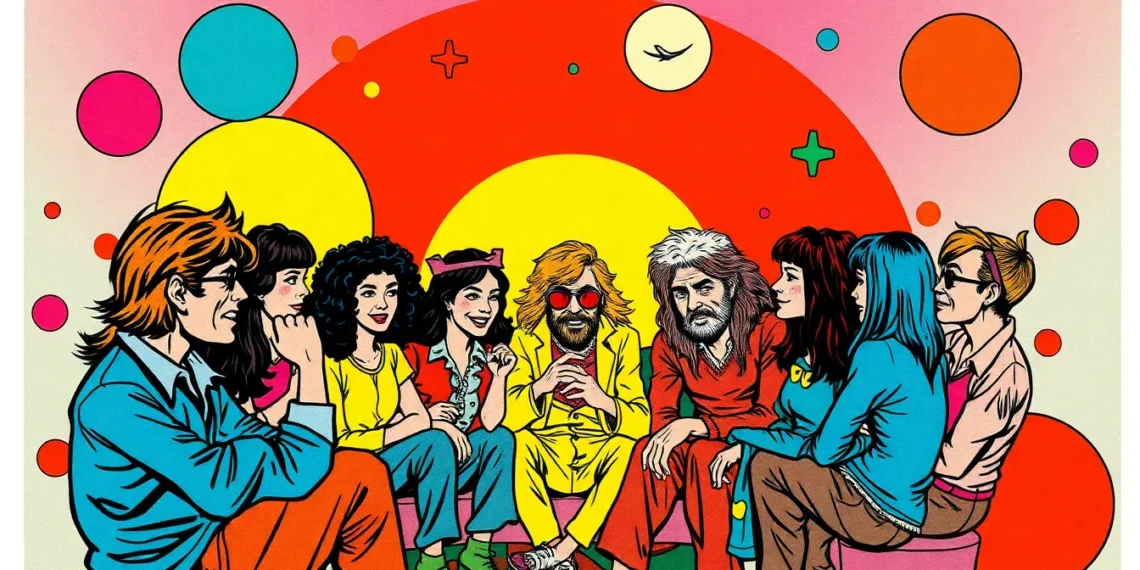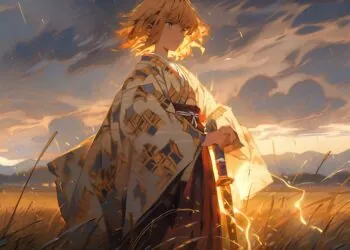In the vibrant and rebellious world of the 1970s, underground comics burst onto the scene like a confetti cannon at a dull party. These quirky, often outrageous creations challenged the norms of mainstream comics, offering a refreshing escape from the mundane. With their bold art styles and irreverent humor, they tackled everything from politics to counterculture, making readers laugh and think—sometimes at the same time.
Imagine flipping through pages filled with wild characters and bizarre storylines that made your parents raise an eyebrow. These comics weren’t just for kids; they were a reflection of a generation yearning for freedom and self-expression. Join the journey into this colorful underground universe, where satire reigns supreme and creativity knows no bounds. It’s time to rediscover the rebellious spirit that defined a decade and left an indelible mark on the world of art and culture.
1970’s Underground Comics
1970’s underground comics emerged as a powerful form of expression within the American counterculture. Artists used innovative techniques to create bold visuals and engaging narratives. These comics broke away from traditional storytelling, often incorporating satirical humor and social commentary. Creators like Robert Crumb and Gilbert Shelton became prominent figures, driving the movement forward with their unique styles.
Many issues tackled taboo subjects, including sexuality, drug culture, and anti-establishment sentiments. Readers found relief in their raw authenticity and candid portrayals. This genre resonated with youth seeking alternatives to mainstream entertainment. Underground comics fostered a sense of community among fans who appreciated the art form’s unfiltered approach.
Independent publishers dominated the scene, making it easier for artists to distribute their work. Zines and small press publications circulated widely, amplifying diverse voices and perspectives. Readers encountered a mix of genres, from humor to serious reflection, reflecting the turbulent social climate of the time.
Notably, the visual style set these comics apart. Psychedelic art, exaggerated caricatures, and experimental layouts captivated audiences. These artistic choices played a crucial role in challenging conventional norms. The combination of audacious storytelling and striking visuals defined the aesthetic of 1970s underground comics.
This era laid groundwork for future comic movements by expanding the boundaries of the medium. The influence continues to permeate contemporary comics, demonstrating the lasting impact of this transformative decade.
Key Characteristics

Underground comics of the 1970s defy conventions, showcasing unique styles and diverse themes that capture the era’s essence. These characteristics play a significant role in their cultural impact.
Art Style and Techniques
Psychedelic visuals dominate 1970s underground comics. Bold colors and exaggerated characters create an arresting aesthetic. Artists frequently employed innovative layouts, breaking free from traditional grid structures. Hand-drawn illustrations convey raw emotions, enhancing narrative depth. Drawings often incorporate surreal elements, merging fantasy with reality. Such approaches allow creators to express complex ideas in a visually captivating manner.
Themes and Subjects
Counterculture heavily influences the subjects of underground comics. Sexuality emerges as a prominent theme, engaging readers with candid discussions and depictions. Drug culture receives exploration, reflecting the era’s experimentation and rebellion. Political satire targets societal issues, challenging the status quo with sharp humor. Other themes include existentialism, personal freedom, and anti-establishment sentiments. These subjects resonate with audiences seeking authenticity and connection amidst a rapidly changing landscape.
Influential Artists and Writers
1970s underground comics featured numerous influential artists and writers who shaped the movement through their innovative narratives and artistic styles.
Robert Crumb
Robert Crumb stands as a pivotal figure in the underground comics scene. He created iconic characters like Fritz the Cat, known for breaking social taboos surrounding sexuality and counterculture. Crumb’s distinctive illustration style, marked by elaborate linework and humorous, often dark themes, resonated deeply with audiences seeking authenticity. His work frequently critiqued consumerism, societal norms, and the hippie lifestyle. Through publications like Zap Comix, he established a platform for other artists, inspiring a wave of creativity and raw expression. The lasting influence of Crumb’s fearless approach continues to be felt in contemporary comic art.
Gilbert Shelton
Gilbert Shelton became another cornerstone of the underground comics movement. Best recognized for his series The Fabulous Furry Freak Brothers, Shelton’s characters captured the essence of the counterculture and the anti-establishment ethos. His humorous, satirical takes on the counterculture lifestyle offered readers both laughter and critical insights into society. Shelton employed a playful, exaggerated art style that enhanced the comedic elements within his narratives. By addressing themes of drug use and personal freedom, he created relatable content for a generation seeking to challenge authority. Shelton’s legacy endures through the continued popularity of his works and their impact on later comics.
Impact on Popular Culture
Underground comics of the 1970s significantly shaped popular culture and inspired various creative fields. These comics didn’t just exist in isolation; they influenced films, music, and contemporary graphic novels greatly.
Influence on Other Media
Cult films emerged directly from the themes and styles of underground comics. Directors like Ralph Bakshi adapted the raw, bold aesthetics of creators such as Robert Crumb, bringing animated versions of these narratives to the screen. Musicians also adopted the countercultural motifs found in these comics, embracing innovative designs and artwork that reflected the liberation spirit of the time. Additionally, graphic novels evolved with influences seen in works by creators who stemmed from the underground scene, as they embraced the same experimental approaches.
Legacy and Evolution
This underground movement left a lasting mark on the comic industry. Subsequent generations of artists drew inspiration from the edgy storytelling and visual techniques, leading to more diverse comic offerings. The rise of independent publishers showcased voices that mirrored the counterculture ideals. As a result, themes such as personal freedom and social critique became integral to mainstream comics. Today, underground comics remain a touchstone for creators seeking to challenge conventions and provoke thought through their work.
Conclusion
The 1970s underground comics movement represents a pivotal moment in artistic expression and cultural commentary. Its bold narratives and striking visuals challenged societal norms and resonated deeply with a generation seeking authenticity. Artists like Robert Crumb and Gilbert Shelton not only entertained but also provoked thought on important issues, leaving an indelible mark on popular culture.
As underground comics continue to inspire new creators, their legacy endures in the evolving landscape of graphic storytelling. The themes of personal freedom and social critique remain relevant, encouraging future generations to explore the boundaries of art and expression. This rich history invites ongoing exploration and appreciation for the unique voices that emerged during this transformative era.







